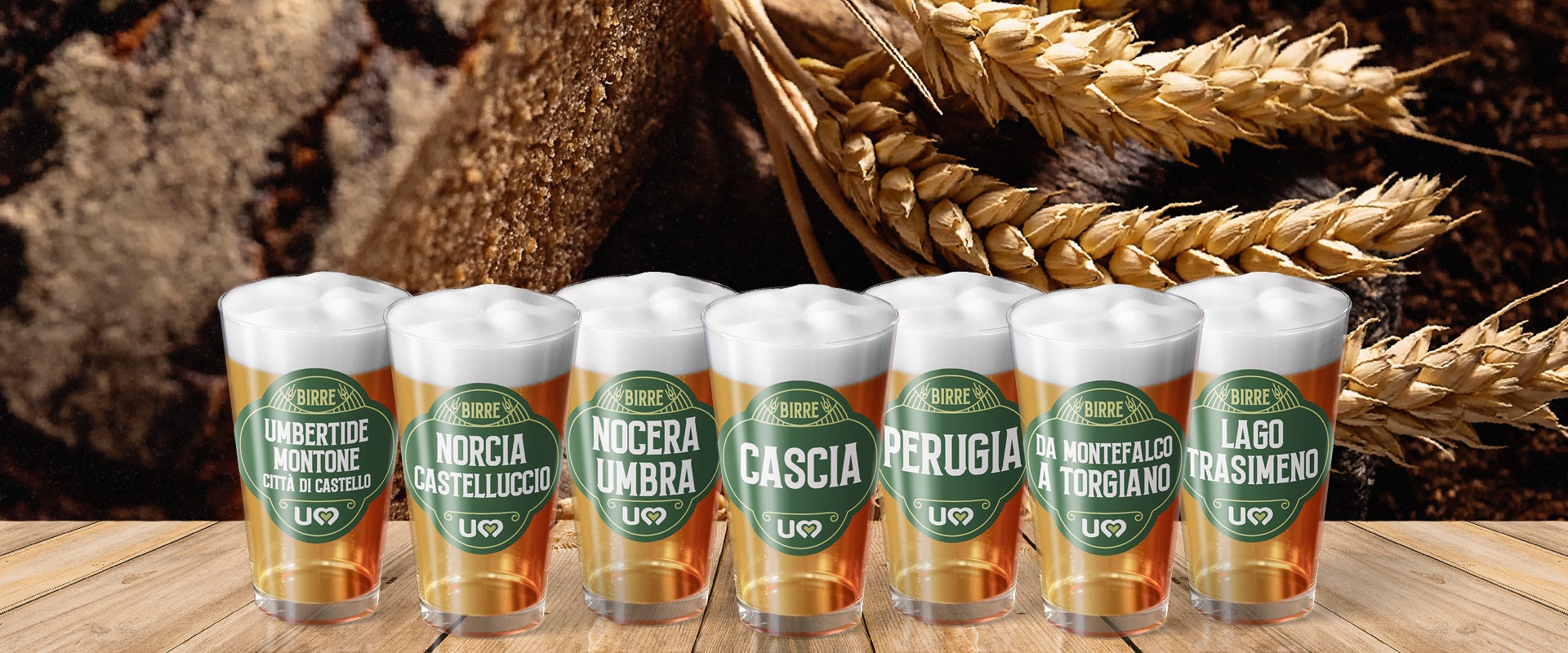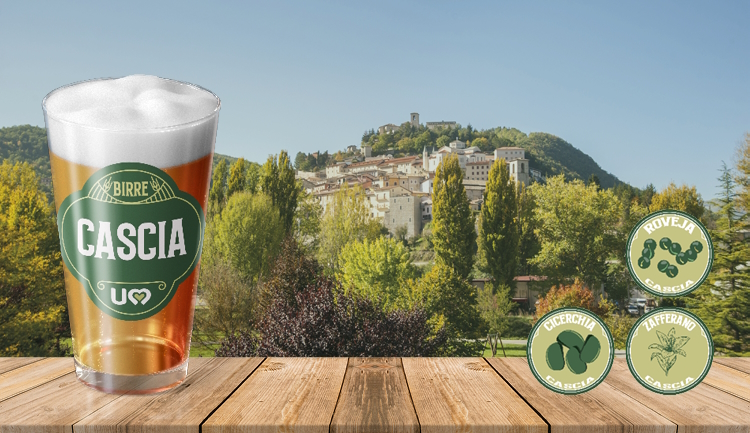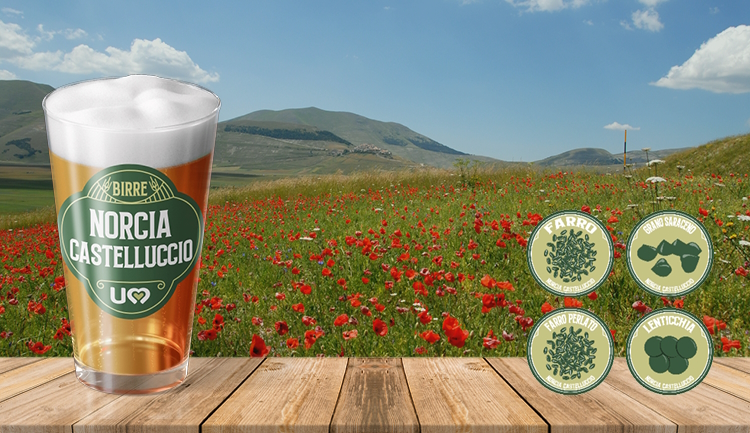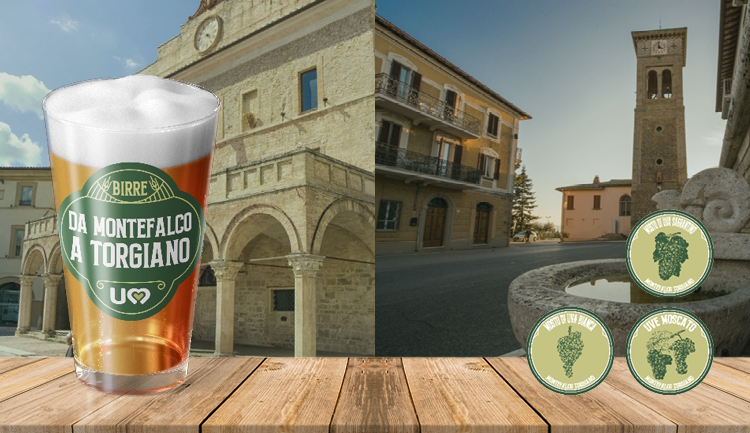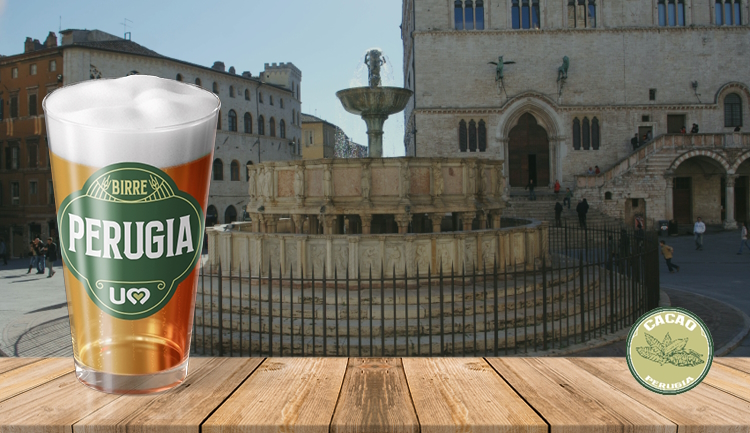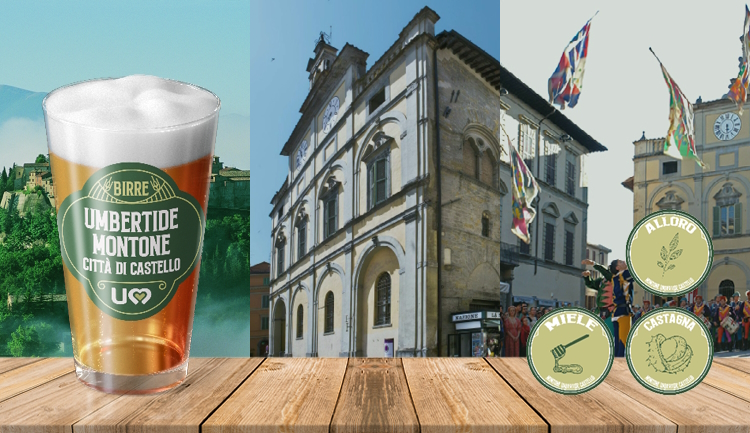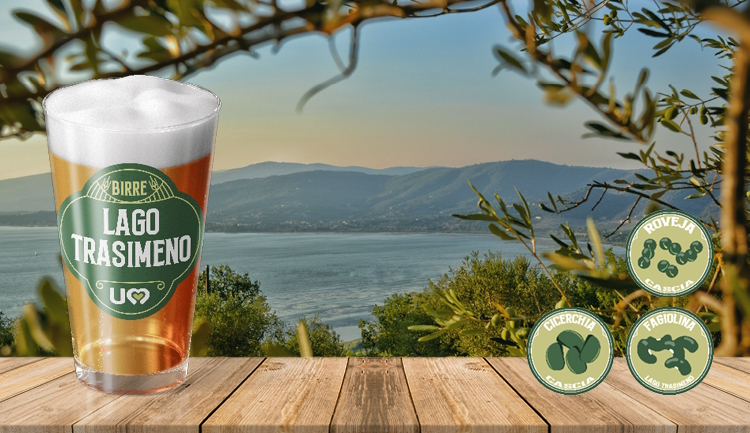Umbria is a region historically linked to beer production, which has its roots as far back as the 19th century with the birth of important historic breweries, forerunners of those that today make our region an excellence in the brewing sector.
In 2003, with the birth of the CERB - Research Centre for Brewing Excellence, and with the recent creation of the hop industry, Umbria has gained a nationally prominent position in the research and development of beer and its raw materials.
Today in Umbria there are numerous craft breweries and micro-breweries that use local raw materials and excellent territorial products: an identity so local that it seems to allow the introduction of the concept of terroir also for beer.
We suggest an itinerary that will let you discover those products of excellence that, leaving room for the creativity of our brewers, become ingredients and inspirations in the creation of Umbrian beers. A journey that will introduce you to beers created with surprising ingredients and their characteristics.

Let's start with the raw materials:
WATER
The main ingredient in beer is water, over 90%!
There are numerous Umbrian breweries that select local mineral waters, many choosing those of Nocera Umbra, a city linked to its renowned springs with unique properties, which contribute to the high quality of a craft beer. In fact, the organoleptic characteristics of each water influence the production and final taste of the beer.
MALT
Malt constitutes the soul of every beer, the essential and determining component that gives flavour, colour and body to the final product. Derived from a process of germination and subsequent drying of cereals such as barley, wheat or more particular ingredients, malt is obtained in specific specialised plants, the malt houses, which play a crucial role in the context of beer production.
In Umbria, the presence of such plants is closely linked to local craft breweries. Their mission is to transform the raw material into malt for the creation of beer, a process that can be carried out directly on regional soil. Local production is often favoured, thus creating a product with an entirely Umbrian identity: from the raw material to the beer.
HOPS
The short supply chain of Umbrian hops creates a direct link between farmers and breweries, promoting sustainability and valorisation of the region. The supply system without intermediaries guarantees transparency, quality and freshness! Elements that contribute to enhancing the results of the brewing processes, promoting authenticity and diversity in the sector.

























